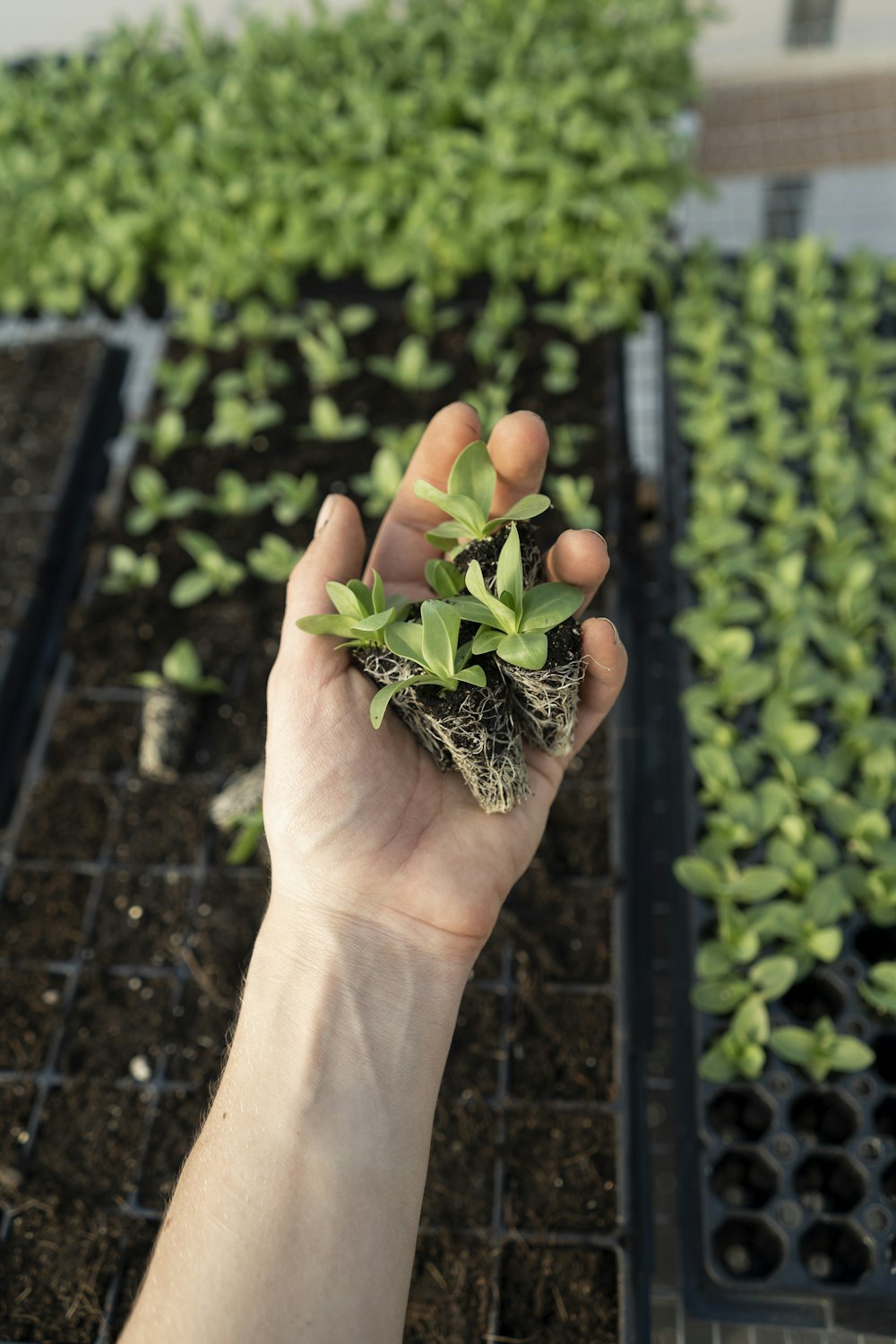
As a parent, you’ll definitely want to do more of this to ensure your children eat enough vegetables. Unfortunately, this isn’t always easy; buying fresh, organic vegetables can be expensive, and you might be looking at different ways to make sure there are always vegetables in the house.
Growing your own vegetables might be a good option; you’ll always have them when you need them, and you’ll know exactly where they’ve come from and how they were grown. If this idea sounds like a good one, read on for some helpful tips when it comes to growing your own vegetables.
Prepare The Soil
The first thing you’ll need to do to grow your own vegetables is to prepare the soil for them. If they aren’t planted in the right soil, to begin with, they might struggle to grow, and you’ll end up with no vegetables at all even after your hard work or small vegetables that won’t feed your family.
Before you plant any seeds, it’s a good idea to add organic fertilizer and compost to the soil and dig it all over so that it’s properly mixed. This will help the vegetables to grow, no matter whether the soil in your yard is generally healthy or not. Start doing this a few weeks before you intend to plant anything to get the best result.
Use Raised Beds
Now that your soil is prepared, you’ll need to create a separate planting area for the vegetables themselves. Although you can certainly plant them directly into the ground, this won’t give them the best chance of growing healthily; raised beds are what you need in that regard.
When you create a raised vegetable bed (perhaps by using railway sleepers or wooden planks and specialist grouting equipment to clear out any debris), your growing season will automatically be extended. This is because the soil will warm up much earlier in the year, thanks to it being above the frozen ground. Another benefit of raised beds is that your back won’t suffer as much when you’re gardening since you won’t have to bend down so far.
Choose The Right Vegetables
It’s well worth spending a lot of time thinking carefully about the vegetables you intend to plant. Start with the ones you like to eat most and determine whether they can grow on your soil type, climate, and the growing conditions that will be available. It might be that the vegetables you want most simply won’t grow how you want them to, so you’ll need to seek out the ones that will.
An alternative is to invest in a greenhouse. In this way, you should be able to grow almost any vegetables because you can create the climate that works best for them. Have this greenhouse in addition to your vegetable patch, and you should be able to grow anything you want to.

Plants Flowers Too
Vegetables have to be pollinated; otherwise, they won’t grow properly, and you want to give them as much chance as possible to grow well. This is why planting flowers in between the vegetables is a great idea. Not only will it look wonderful and smell lovely, but it will attract bees and other pollinators, ensuring that your vegetables get all the help they need to grow just right.
No. of times viewed = 29

 Follow
Follow